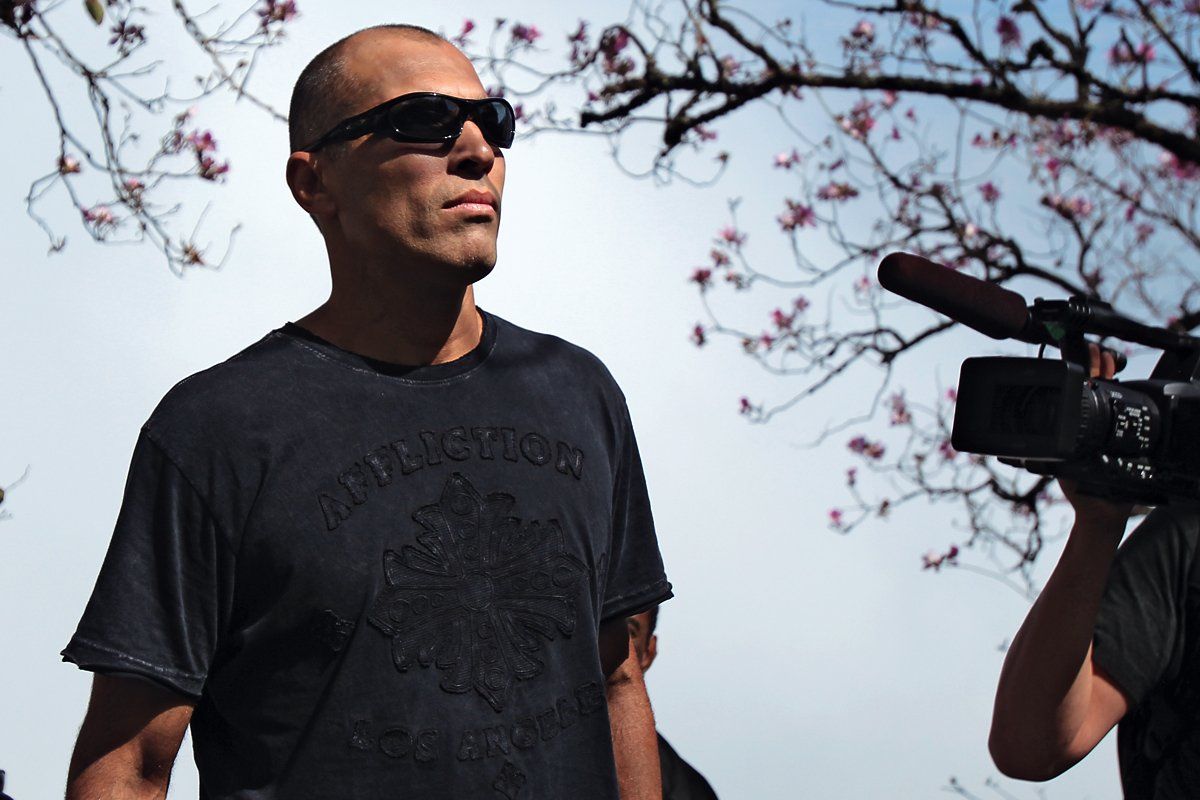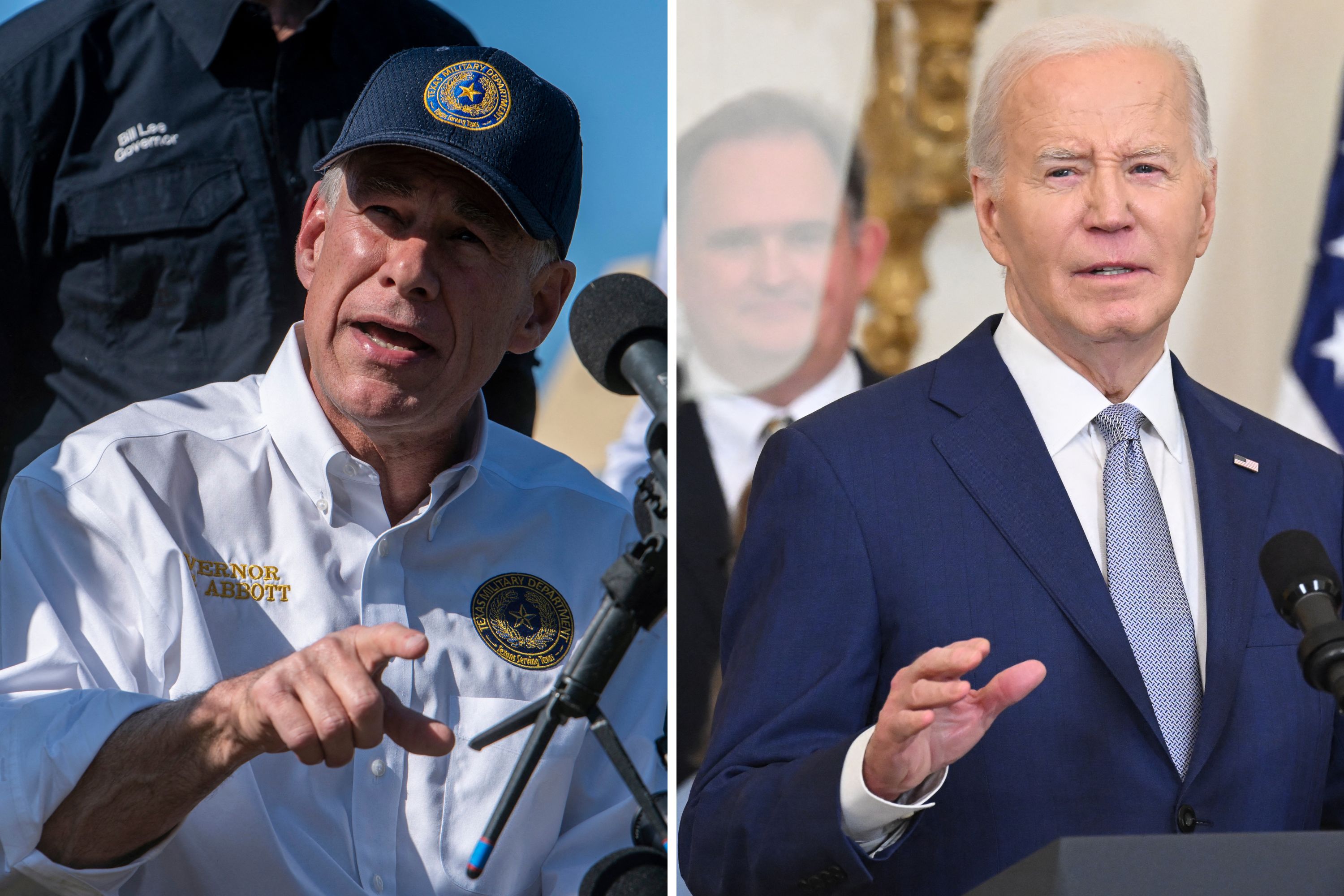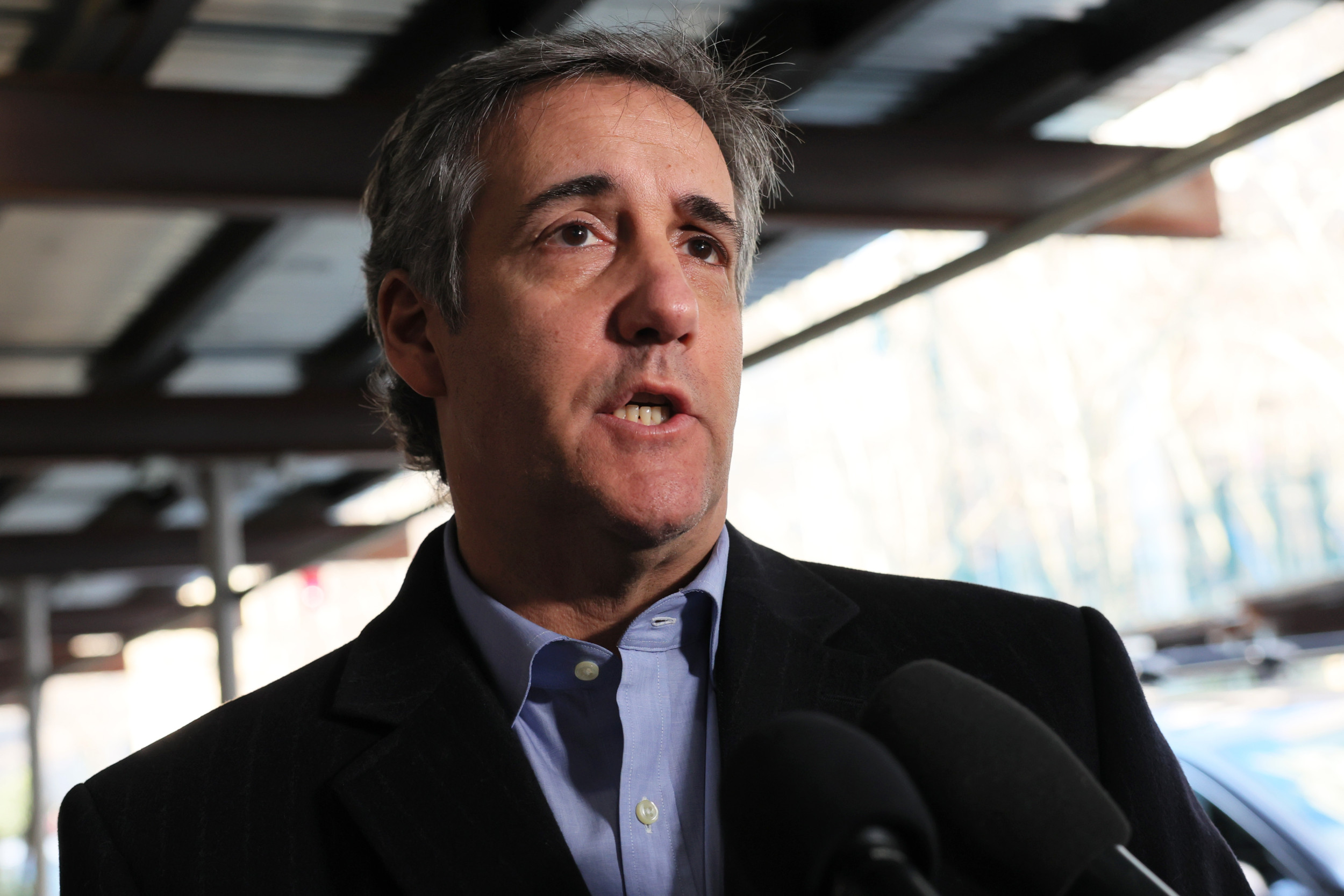
Eduardo Paes is no wimp. To become mayor of Rio de Janeiro, he had to smack down a field of aggressive contenders, including a former guerrilla and a holy-rolling televangelist. But cheering on muscle men who mix it up in an octagonal cage before thousands of screaming fans was never really his thing. "I'm the sort of guy who changes the channel when one guy starts beating up another," he says. So it was, until Rio became one of the premier venues of mixed martial arts (MMA), the freestyle brand of brawling that draws tourists by the swarm, and is rewriting the rules of professional fighting.
Brazilian athletes have become a staple of the Ultimate Fighting Championship, the global fight league where the winners rival supermodels and footballers for brand recognition and star power. At the top of the heap is World Middleweight Champion Anderson "The Spider" Silva, who collects $1.5 million-plus per fight, and is sponsored by brands like Nike, Budweiser, and Burger King. Rio has hosted two world MMA championships in the past year, each time packing a 15,000-seat arena, where Mayor Paes has a captive seat. "It was like the Roman circus," he says, describing his first live match. "At one point I thought someone was going to turn and ask the crowd thumbs up or thumbs down. Never in my life have I been so impressed."
He's not the only one. MMA has become the sport of choice for scores of the world's fiercest competitors, who are raising the rumble to new heights of athleticism, showmanship, and profit. "It's the fastest growing sport in the world," boasts Dana White, the UFC's president. Perhaps it is (independent numbers on MMA are scarce). But no one doubts that White spends much of the year in his private Gulfstream jet, streaking to bouts across the map. Next up is Las Vegas for International Fight Week, a five-day tournament capping with a July 7 rematch between Brazil's Silva and the dangerous U.S. grappler Chael Sonnen. The run-up to the finale, which bookies expect to shatter box-office records, has been a vapor trail of trash talk, photo-ops, and in-your-face adverts. One features Silva fighting Hollywood beefcake Steven Seagal over a Budweiser. Possibly not since Mike Tyson vs. Evander Holyfield has there been this much hype over two angry men settling a grudge.
Why all the fuss? "Since the dawn of history, there's always been one man trying to knock down another while a third one watches," says White. The fever also is emblematic of sport in a globalized era, where competitors mix styles from muay thai to Russian Sambo to shootfighting. Any fighter from any culture can try his skills against those of any other. And with professional boxing's cachet slipping by the season, MMA is on a roll. Forget Manny Pacquiao. The rage in the sandlot is over who will be the next "Spider" Silva, Quinton "Rampage" Jackson, or Junior "The Gypsy" Dos Santos.
And it all started in a gym in Rio. Seventy odd years ago, before Bruce Lee was born, Hélio Gracie kicked off a martial arts revolt. Whippet thin, weighing just over 60 kilos, the Brazilian hardly looked like a street fighter. As a boy, he suffered from fainting spells. But by 1940, Gracie was a national hero, routinely defeating brutes twice his size. One Brazilian president even hired him for lessons in personal defense.
Gracie's secret was a Brazilian version of Japanese Jiu-jitsu. He took opponents to the mat, fighting much of the time on his back, turning a defensive position into a base of attack. Using a variety of arm bars, leg locks, and chokeholds, Gracie consistently ground even the biggest rivals to submission. "Give me a good lever and I'll lift the world," he would say, channeling Archimedes. Gracie wanted nothing less. So he came up with vale tudo ("anything goes," in Portuguese), freeform combat with no clock, no rounds, no gloves and no quarter. A match ended when one of the competitors quit or collapsed.
It was up to his heirs to take the Gracie school abroad. Like his father Hélio, Royce Gracie was neither especially big nor strong. "It's true. I never hit anyone in my life," he once told an older brother. "But I know what I'm doing, and I'm stubborn enough to become No. 1."
Royce moved to L.A. and, with his big brother Rorion serving as coach and promoter, invited the best fighters in town for vale tudo showdowns, later renamed Ultimate Fighting Championships. As in Hélio's day, rules were scarce. "The only taboo was biting or poking someone in the eye," says Royce. Most matches ended up as bloody slugfests. Royce won his first UFC title in 1993, downing three opponents in a single night. Two of them weighed more than 100 kilos. Royce tipped the scales at 76.
By the mid 1990s, everyone was training in Brazilian Jiu-jitsu. As interest grew, Rorion Gracie cashed out, selling the UFC brand to an eager cable carrier, Semaphore Entertainment Group, for $1 million. U.S. sporting officialdom was harder to convince. By 2000, a number of U.S. states banned cage fighting, which Sen. John McCain of Arizona called "human cockfighting." Bouts were confined to states with no boxing commissions, like North Carolina and Colorado, and to Indian reservations, where federal laws didn't apply.

The break came in 2001 when financial woes forced SEG to sell out to brothers Frank and Lorenzo Fertitta, Vegas casino moguls who pumped $40 million into the failing business and hired boxing promoter Dana White to turn it around. The new UFC had a set of rules, judges, and timed rounds. In time, the loss-making fight club became a mainstream sports entertainment franchise, and today is reportedly worth at least a billion dollars.
Today, MMA is said to be second only to football in world appeal. The classic octagonal rings can be found from India to Russia and the Philippines. Even in Sweden, which banned professional boxing from 1970 to 2007, MMA is the rage. But what goes around the globe often comes back indelibly changed. Fighters are stronger and more versatile than ever. And yet the elite of the octagon are now strikers—artillerymen who can drop an opponent with a rain of blows or a single fulminating kick or punch. Even in Rio, where Gracie's Jiu-jitsu began, nothing moves the crowd like assault and battery.
White sees it differently. "You can't be a top fighter unless you dominate all the styles," he says. Ace striker Silva wouldn't disagree. In their first match, Sonnen manhandled him for most of five rounds until Silva saw an opening and choked out the American with a vicious triangle, a classic Jiu-jitsu move. Mayor Paes will not be in the bleachers in Vegas for the rematch. But with his city on the UFC's permanent calendar and raking in receipts, he no longer looks the other way. "I may not be the sport's biggest fan," he says, "but they'll have the red carpet in Rio whenever they want."
Uncommon Knowledge
Newsweek is committed to challenging conventional wisdom and finding connections in the search for common ground.
Newsweek is committed to challenging conventional wisdom and finding connections in the search for common ground.
About the writer
To read how Newsweek uses AI as a newsroom tool, Click here.






